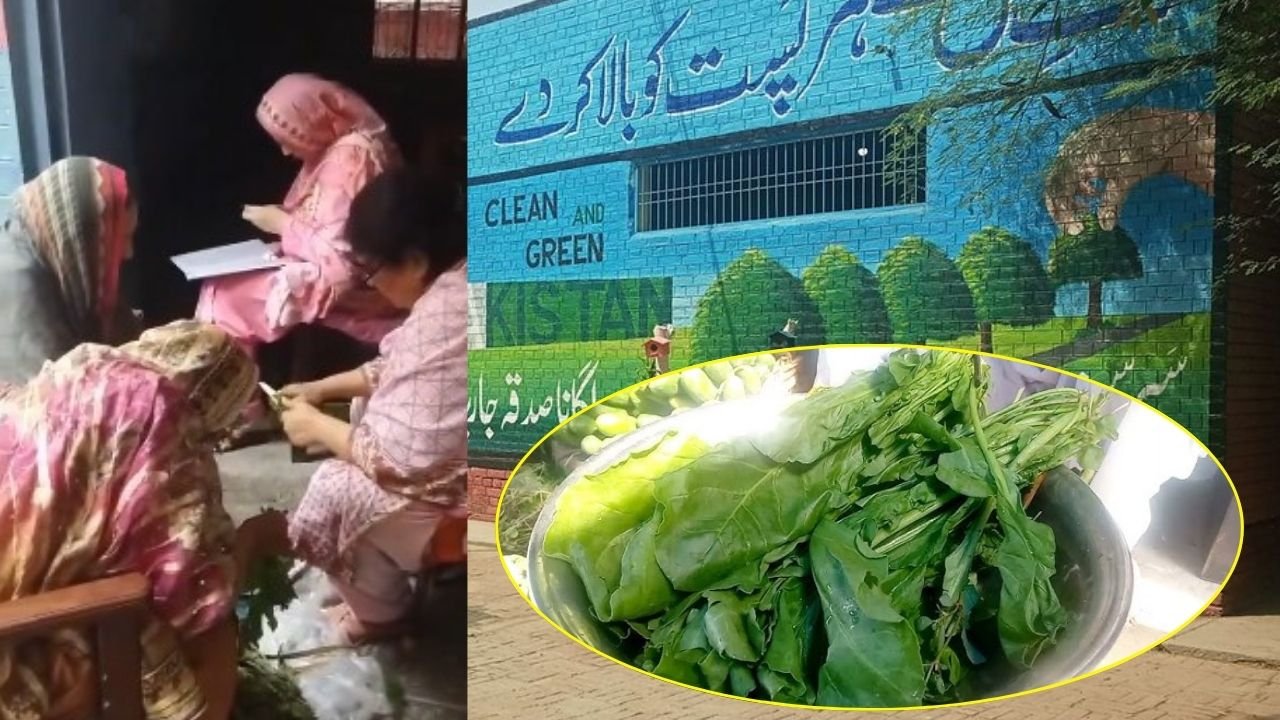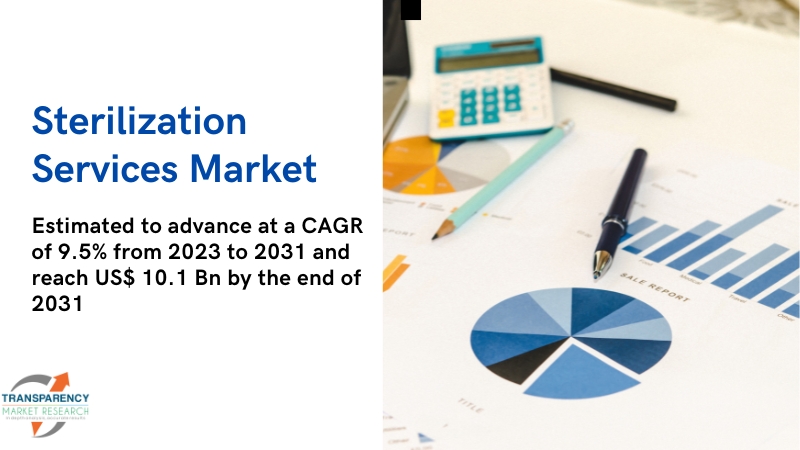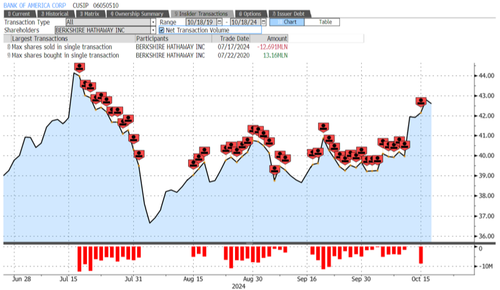
Investors in JK Cement Ltd have little to complain about, even as the cement sector faces challenges. The company’s shares have climbed around 20% in 2024 so far, outperforming industry bigwigs such as UltraTech Cement Ltd and ACC Ltd. ’s strategic geographic expansion and cost-saving initiatives are driving the positive sentiment.
The company aims to be among the top five cement makers by capacity. To meet this goal, it plans to double its current capacity of 24.3 million tonnes per annum by 2030.
JK has land banks and limestone reserves in key locations where the management sees potential to scale operations. Its improving regional mix is expected to fuel its next phase of growth, with greenfield expansion in Jaisalmer (northern India), brownfield expansion in Panna Line-III (central), Muddapur, Karnataka (southern India), and Odisha (east). That said, timely execution and ramp-up of these plants will be critical.
The pace of consolidation in the has accelerated recently, with large players opting for mergers and acquisitions (M&A) to increase capacity and market share. JK Cement, however, is focusing on organic growth. “While most of the recent industry M&A transactions have fructified in the range of ~ $80–100/tonne; JK Cement believes (having demonstrated w.
r.t. Panna expansion) that organic expansion can be done at ~ $60/tonne," ICICI Securities said in a report.
Low-cost expansions usually bode well for return ratios. Additionally, JK Cement has continued the implementation of waste heat recovery systems (WHRS) and increasing share of green energy/alternative fuels in its fuel mix. These should help reduce operating costs and carbon footprint.
Share of green power has risen from 19% in FY20 to 57% currently, and is expected to reach 75% by 2030. True, others are also investing in WHRS. But JK Cement is among the few cement companies in India that is backed by a WHR power plant across all clinker lines, added the ICICI report.
JK estimates cost savings of Rs150-200/tonne in the next two years led by a slew of cost-cutting measures. On the flipside, elevated capital expenditure (capex) for capacity additions could keep debt levels high in the medium term. JK plans to spend around 1,900 crore in FY25 and 1,800 crore in FY26.
Net debt is projected to rise to 5,000 crore by FY26 before stabilizing, according to estimates from Motilal Oswal Financial Services. As of end of June, net debt stood at 2,830 crore. JK Cement recently entered the paints sector, partly to counter competition from paint manufacturers in the wall putty business.
However, the paints sector is becoming more competitive, with new entrants like making significant capex commitments. JK has invested 400 crore in its paints business so far, capping its total investment at 600 crore. The company aims to break even in the segment before FY26–27, but any unexpected increase in capex could dampen sentiment.
Meanwhile, a muted pricing environment continues to challenge the cement sector. In the June quarter (Q1FY25), JK Cement experienced a sharper-than-expected sequential decline in grey cement realizations. Whether the recent price hikes in September hold will be crucial.
A bleak pricing outlook could overshadow the positive factors supporting the JK stock. At FY26 EV/Ebitda, the stock is trading at a multiple of 15 times, according to Bloomberg data, and valuations may face pressure from the sector’s weak pricing dynamics..














